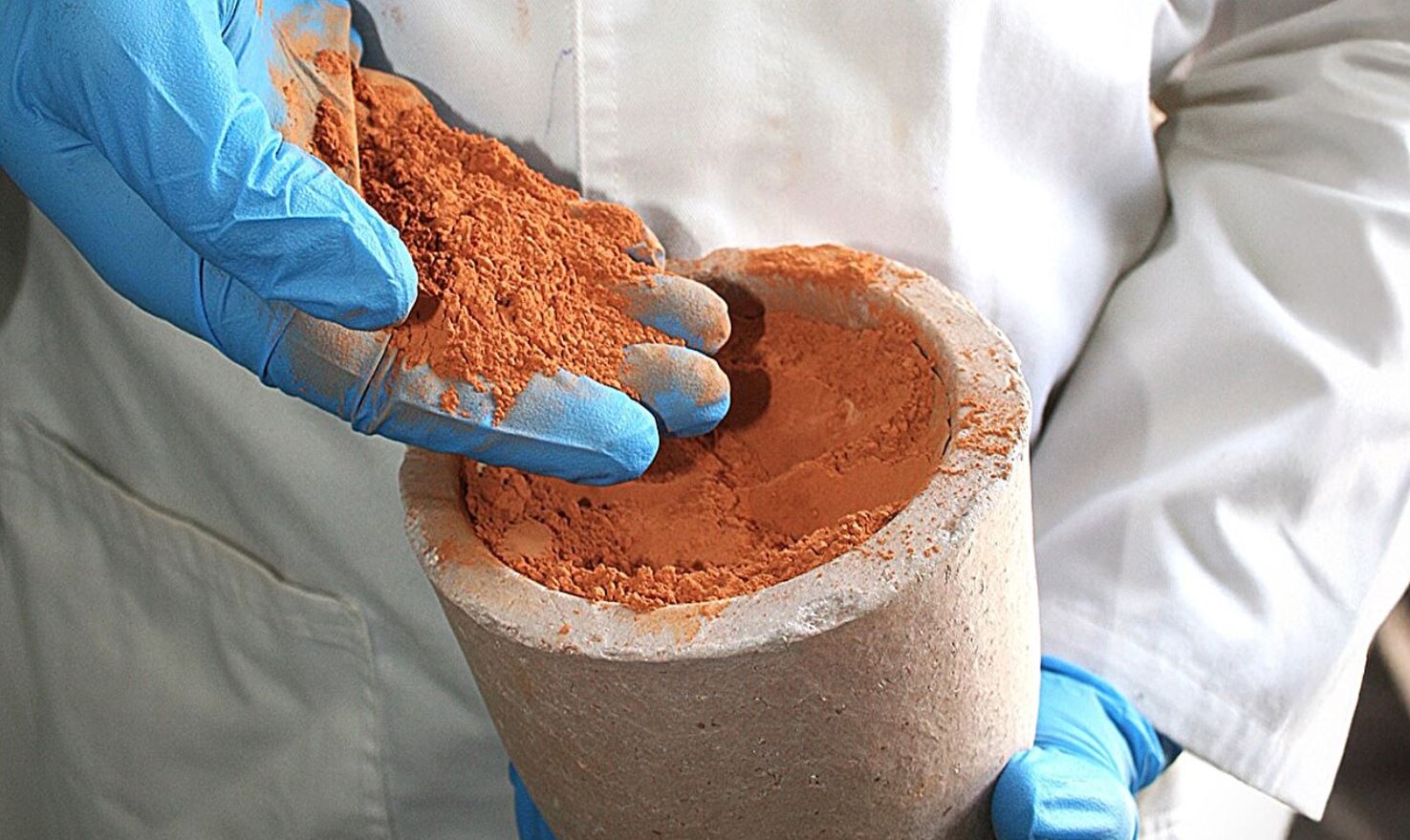 Engineers at RMIT University in Australia have found a fresh way to transform low-grade clay into a high-performance cement supplement. By swapping out a portion of cement with this new clay blend, the method offers a practical route to reducing the roughly 8% of global CO₂ emissions linked to traditional cement production. If you’ve ever worried about how concrete impacts the environment, this breakthrough might offer some reassurance.
Engineers at RMIT University in Australia have found a fresh way to transform low-grade clay into a high-performance cement supplement. By swapping out a portion of cement with this new clay blend, the method offers a practical route to reducing the roughly 8% of global CO₂ emissions linked to traditional cement production. If you’ve ever worried about how concrete impacts the environment, this breakthrough might offer some reassurance.
The researchers mixed abundantly available illite clay with low-grade kaolinite clay—materials that are both cost-effective and plentiful. They then heated the blend to 600°C in a process called co-calcination, which boosts the clay’s pozzolanic reactivity. In simple terms, the clay now bonds more effectively with cement and water, improving the overall strength and durability of concrete.
Dr Chamila Gunasekara, who led the project at RMIT’s School of Engineering, explained that this innovative approach allows for a 20% reduction in cement usage while delivering superior performance. The study even noted an 18% increase in the formation of disordered material in the new mixture, which helps the concrete retain water in a stable chemical form for long-term structural strength.
Beyond the environmental benefits, the new blend reduces porosity by 41% and increases compressive strength by 15%. These improvements stem from changes in iron compound formation during the process, which create a denser concrete structure. With kaolin’s market expected to hit $6 billion by 2032, there’s even potential for illite clay to earn its own competitive footmark in the industry.
Dr Roshan Jayathilakage, the study’s lead author, highlighted that processing the raw materials together is far more energy efficient. By streamlining operations into a single calcination step, the technique not only cuts fuel consumption but also simplifies industrial production.
Advances in computational material science also played a crucial role. Working with Hokkaido University, the RMIT team developed a sophisticated tool to assess the mechanical properties, durability, and energy efficiency of various concrete mixtures. This tool helps engineers predict how different clay compositions will behave, paving the way for customised, energy-efficient concrete suited to local requirements.
Collaborations with international partners, including the European Synchrotron Radiation Facility in France, continue to refine this approach. By exploring how different clay types and activation techniques interact at various scales, the team is working to ensure these innovative materials perform reliably in real-world conditions.








